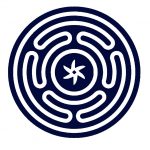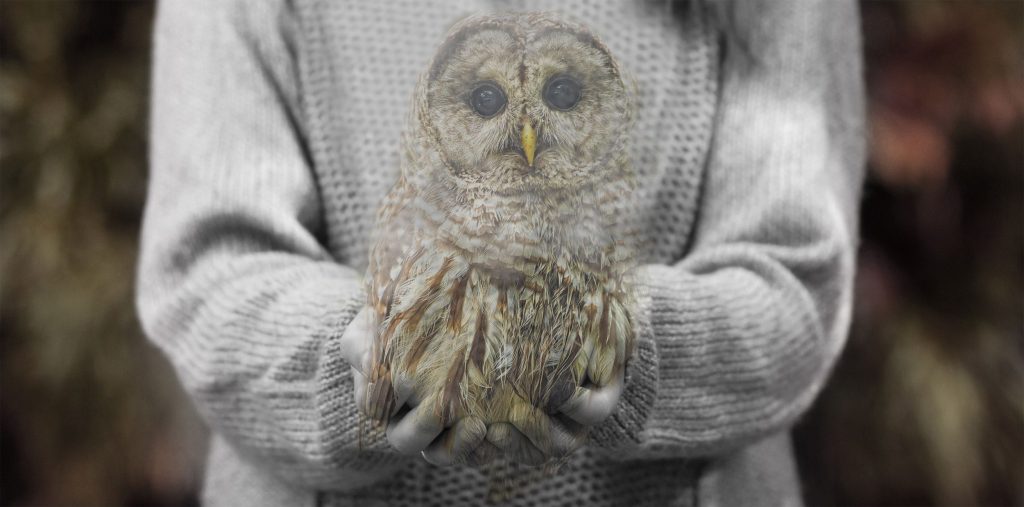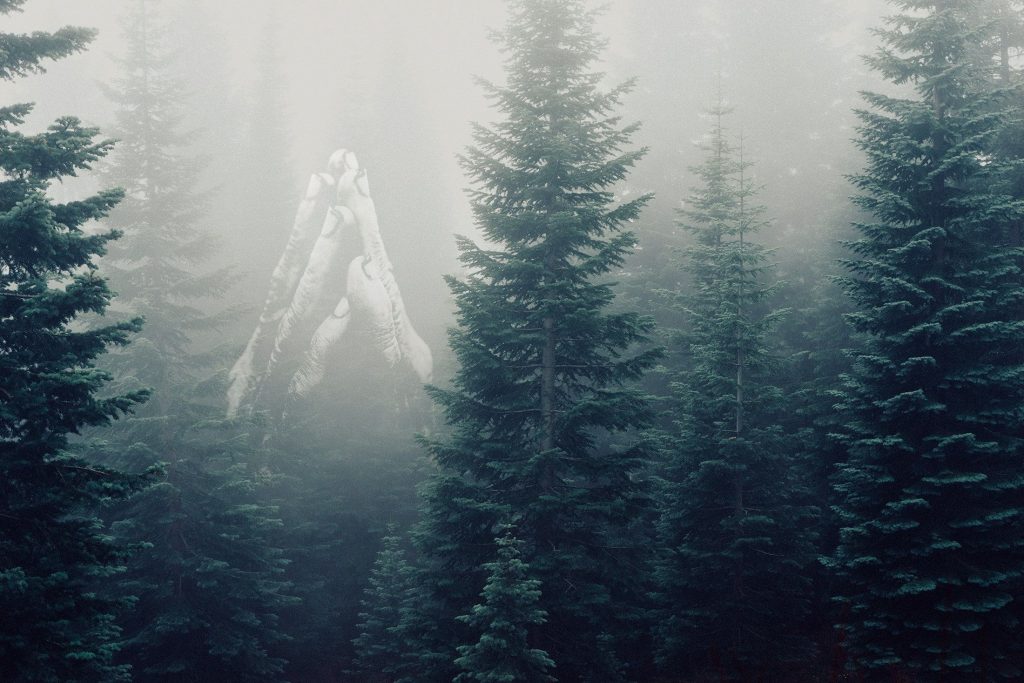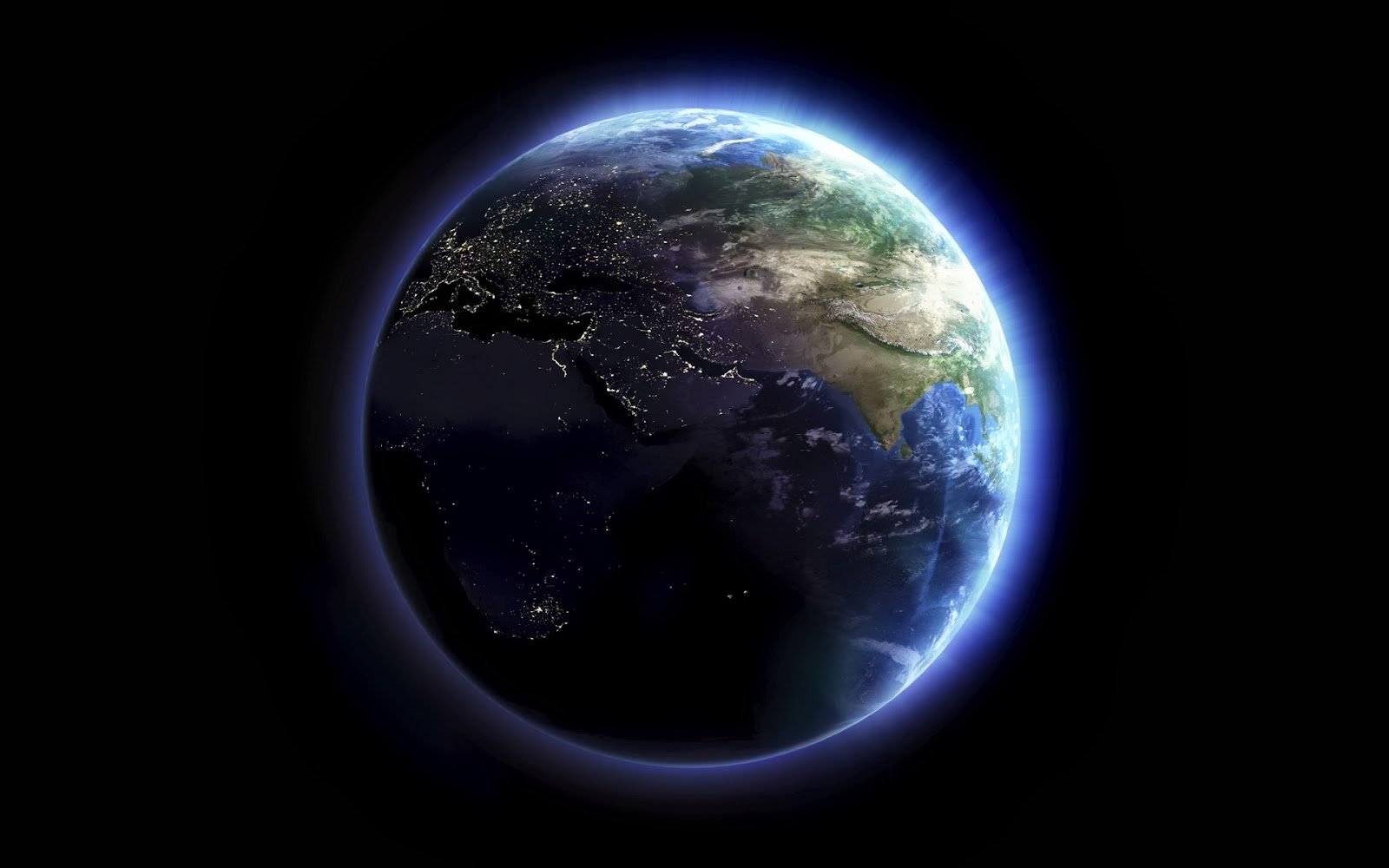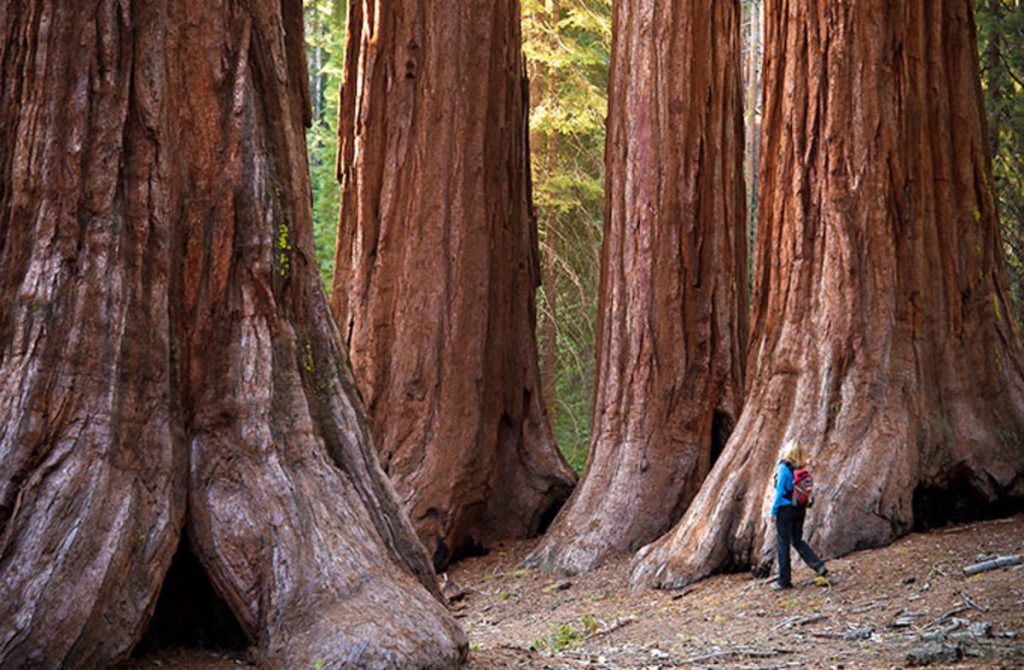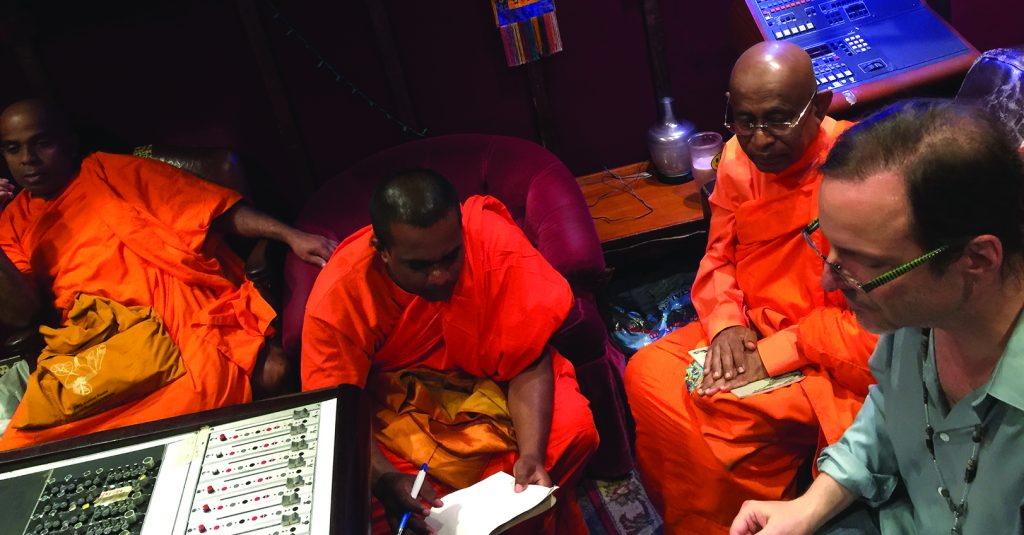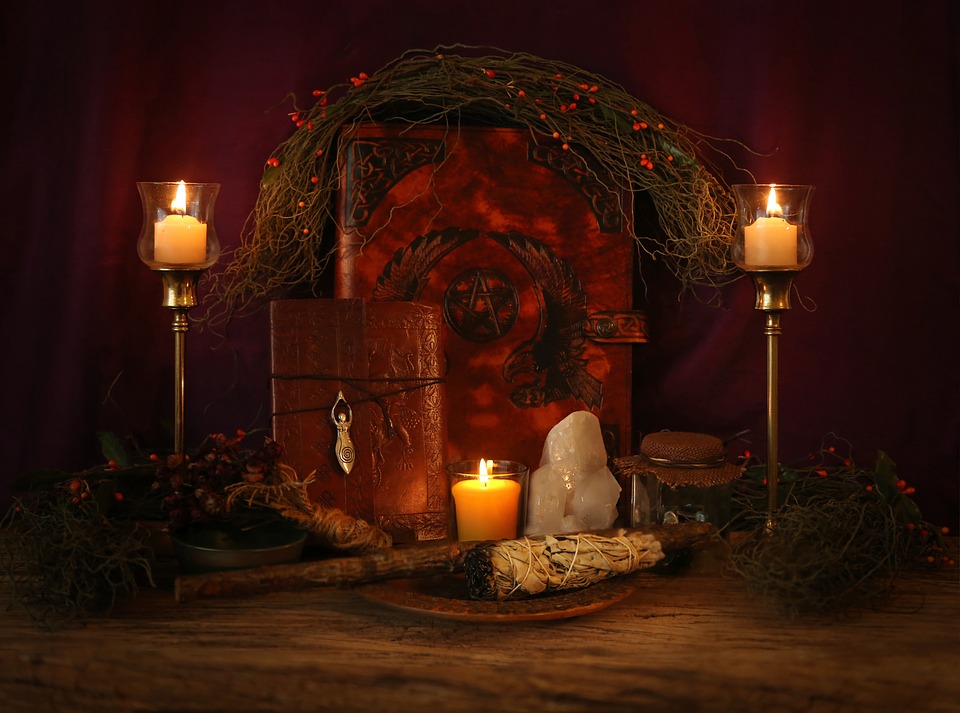Crone Wisdom | The Soul of Community
Artwork from the website andreamathieson.com, c
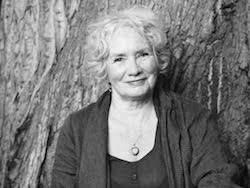 Andrea Mathieson, known for building community through her women’s circles and webinars, recently invited four remarkable women to share some of the unique crone wisdom they had collected over decades of community involvement. She was joined by retired psychologist Elinor Dickson, former national radio producer Hele Montagna, astrological counselor, and ceremonial leader Cassandra Leoncini, and Marilyn Daniels, a transformative educator.
Andrea Mathieson, known for building community through her women’s circles and webinars, recently invited four remarkable women to share some of the unique crone wisdom they had collected over decades of community involvement. She was joined by retired psychologist Elinor Dickson, former national radio producer Hele Montagna, astrological counselor, and ceremonial leader Cassandra Leoncini, and Marilyn Daniels, a transformative educator.
Andrea began by asking: “What are your experiences of community, and what have you learned?” In the way of the feminine, our conversation meandered from topic to topic and, while we had never met before, the experience was one of profound breadth and depth.
Hele Montagna spoke first…
“I’m very happy to be part of this circle, and the invitation to look back through my life and experiences in terms of community.
The first community I was part of as a child and up into my teenage years was the Estonian refugee community in the city of Toronto. My parents’ generation fled Estonia after the Soviet invasion. The shared experience of those horrors, together with the challenge of starting over in a new country knit our community together. Sometimes communities can grow around shared trauma. And that was probably the main draw during those early years, the late ’40s and early ’50s. When individuals would meet, regardless of the words that were spoken, which might have been extremely innocuous, sort of, ‘Hello, what are you up to?’, that shared experience, the trauma, the unspoken was so much bigger than what was said.
My generation inherited ancestral values through wilderness camps and folklore, and a ‘let’s do it!’ attitude. Now, decades later, I appreciate the innate love of nature which helped us thrive. My long experience within Tibetan Buddhist communities has focused on self-awareness and the relationship of the individual to the rest of humanity and beyond, to more-than-human life in all its complexity.
I think of community as a means of co-creating, whether the intention is a specific project, growth and emotional support, or even survival. It’s an organic process which arises from the human need to belong to a larger whole. Ultimately, community is about relationship.”
Cassandra Leoncini took us deeper…
In childhood, Cassandra was never fully at home with her family or neighborhood. Quiet and shy, she felt profoundly “different” from others.
“I hadn’t thought much about my past experiences of community because the way that I imagine community now and for me, it is very much lodged in the imaginal realm. I don’t see it happening on the ground the way perhaps I was taught about community, not in the human world. As a child, I was so immersed in a natural world, I would describe that as my original community. The kind of response I received from that small child’s natural world fed something in me that gave my life connection in a way I did not find in my family or my neighborhood.
So to speak about past community, for me, really is about what didn’t work as community. And that kind of disjunction defines a lot of how people often experience “community”, I think.”
Later, Cassandra steeped herself in archetypal psychology, the arcane arts, mythology, esoteric philosophy, and the literary arts. Eventually she would do graduate work in Symbolic Anthropology and support herself in the publishing world. Just as her devotion to the sacred became her evolutionary path, it also led to her eventual community. Now, seven decades later, Cassandra’s community includes her original community of trees and a wide, co-created circle of (mostly) women who resonate deeply with her soul’s path. What her explorations and her community have in common is a primal grounding in Earth and in the Imaginal Realm.[1]
“Humans have really lost their soul connection and their natural means of communicating with the Earth and the sacred. We’ve gotten so far off track. We experience that disconnect as wounding, loss, grief, or loneliness, but, in fact, it’s the voice of the Soul calling us home.
I feel, without the elders, without the wisdom and experience and perspective that conscious elders hold as a role in traditional community, or as humanity once knew it 20,000 years ago, without that wisdom, it’s broken. The chain of potential community is broken. The wise elders, male and female are key.”
Elinor Dickson spoke next…
Her experience of community began at the age of 18 when she joined the Young Christian Workers and found herself working with the Indigenous people of Mexico. The question, “Is there a God?” led her to study the saints and mystics and drew her into a Catholic community. Returning to Canada, Elinor became part of an inner-city community through her position as head of psychology in a large Toronto hospital. She lived with a small group of nuns and 18 skid row addicts.
“And for six years or eight years, I can’t remember, they were my community. I didn’t minister to them. I lived with them and we shared our meals. We shared our conversation. And those guys were so aware of their shadow. They lived with it. And it was the most telling insight into community for me at that time. My father died and I remember being so stunned. They consoled me. And the next day, they got the director to hire a bus and they all came to the wake and the funeral in Oshawa from Toronto.
I thought, ‘this is community.’ I mean, these men had lost their own families and been through their own hell. Their response was real. The religious community really wasn’t it for me. In some religious communities, responses are often shaped by embodied ideologies of ‘perfection’.
Unless we are rooted in a sacred dimension beyond ourselves, we cannot really make a commitment to another person, let alone form community. Projection and need can too easily creep in to fill the place where love should be. In the ‘eternal friendship’ with Wisdom, we can experience ourselves as seen through the eyes of love.
Rooted in truth and love within we can witness the ‘other’ through those eyes. This is the foundation that allows for a community to come into being in a way that is supported and enhanced by what is coming through each person. In turn, such a community becomes an alchemical vessel capable of bringing forth a new creation.”
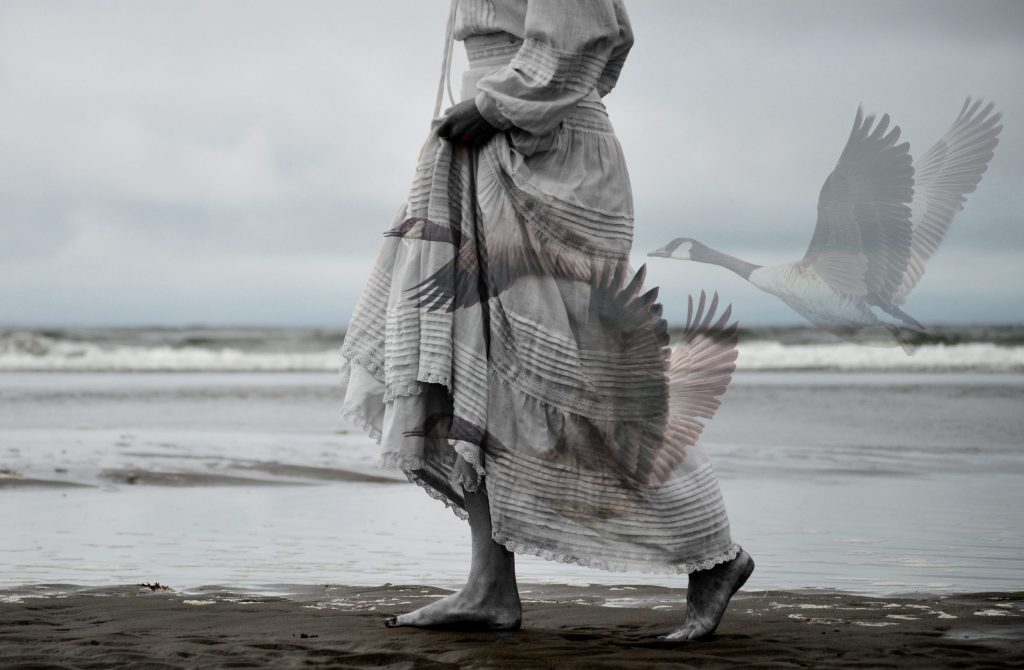
Next was Marilyn Daniels…
Her training as a cultural historian gave her a big picture perspective on the variety of large groups or cultures that humans have created. Later, graduate work in Counseling Psychology and Transformative Learning helped her understand how we internalize culture and how we can effect change through group endeavors.
“Outside university I explored a wide range of communities – groups focused on business, art, social justice, ecology, therapy, and spirituality. I learned different skills, abilities, and ways of seeing the world in each of them. I guess, in some ways, that was my journey – to cobble something together from a variety of perspectives. Back then I couldn’t understand why the groups so rarely valued or understood each other. When a career counsellor told me, ‘You’re looking for a group that operates on a very high integral level. You won’t find it – you’ll have to create it!’, things finally began to make sense.”
Ultimately, Marilyn found community at The Transformative Learning Centre at the University of Toronto. Formed by Prof. Edmund O’Sullivan, the TLC was transdisciplinary, going beyond academic ways of knowing to welcome the various forms of wisdom found outside academia. Valuing inclusion, diversity, co-creativity, and earth wisdom it helped foster a more integrated, collective wisdom within a context of deep personal relationships.
In 2003 she joined the planning committee for TLC’s first ‘Spirit Matters Gathering’ which, over the next few years, brought some of the world’s leading visionaries to Toronto to explore the future of our world. Indigenous elders and other spiritual leaders, feminists, environmentalists, community activists, artists and musicians came together to ask what transformative community in service to Life could look like. It was life-changing to find all the threads of her life integrated into a single community experience.
“What can a transformative community actually look like? In my experience, it has been about including. It’s about honoring diversity. It’s about being aware of power differences. It’s about playing with art, with music, bringing in ritual, different kinds of wisdom. It’s about going beyond individual disciplines.”
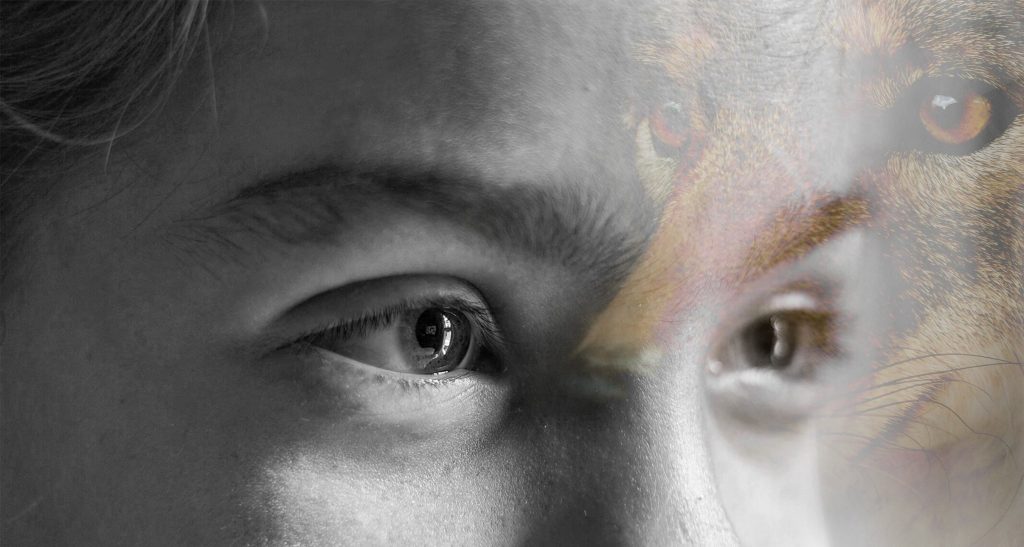
Andrea Mathieson spoke last…
She felt a powerful holy longing from a very early age. At 19, Andrea fell into a new-age spiritual community. Living for twenty years with up to fifty people, she learned a lot about the shadow side of community.
“Though we said we weren’t a cult, we were completely unconscious about our shadow. Most of the time, I was out of my body, completely disconnected from my feminine. Always being ‘on’ eventually burnt me out. The only reason I left is because I fell in love with a man who resisted being part of the group. I thought I might lose my soul by leaving but I was willing to take the risk.
And when I left, I became angry. I was so volcanic that nobody from the group dared approach me. Suppressed anger was part of our collective shadow. We were told to transcend negativity, but without any practical guidance. So from the anger, I went into therapy and therapy became a container of safety. The other place of healing and community was my garden. Going back to gardening, literally getting back my roots through my intuitive communion with the plants, I began to appreciate who I was.
I started to gradually open up to others by hosting potluck Dinners with Remarkable Women. During those potluck meals, I could feel the underlying pulsations between us, and I learned how to weave our common threads into an enlivened sense of community. Part of my destiny now is to introduce people to Nature; the oak tree in your backyard, the river nearby and your special stone all speak a forgotten language.
Introducing people to these liminal conversations invites resonance with the Earth’s soul as a natural part of our indigeneity.”
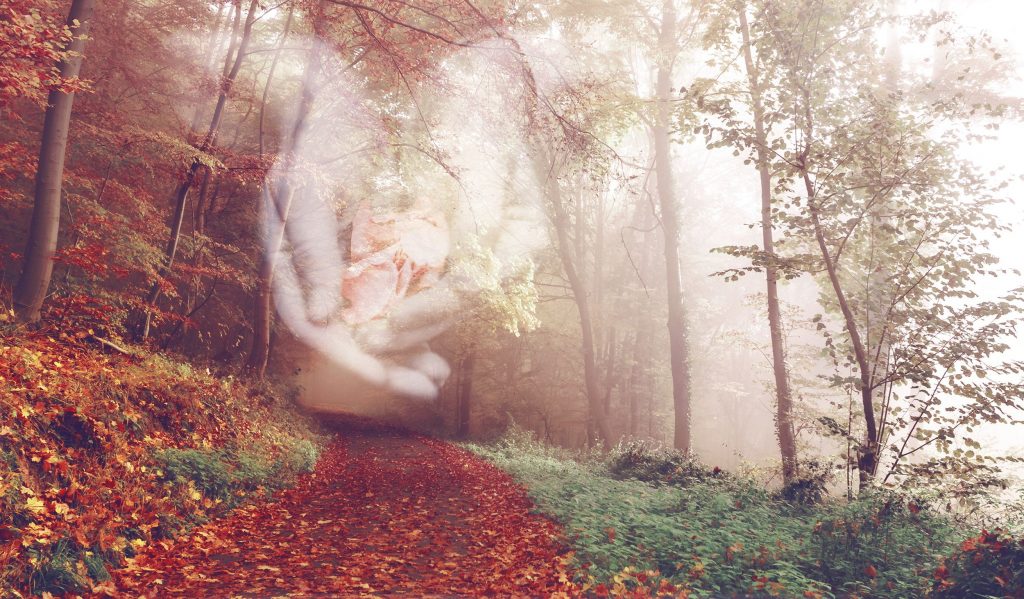
As we neared the end of our time together, it was clear that each woman’s quest to find soul community had been a critical part of her life’s path. While many of our journeys began amid isolation, trauma, or a sense of dissonance, each exploration helped us develop unique capacities and eventually make important contributions to Life. Reflecting on our collective journey, communities helped us move towards our evolutionary destiny with greater authenticity and kindness, higher integration and deeper soul-to-soul connection, and a sense of oneness with the more-than-human world.
[1] The ‘imaginal realm’ is a term originally coined by the French philosopher, and scholar of Islamic mysticism, Henry Corbin (1903-78).


